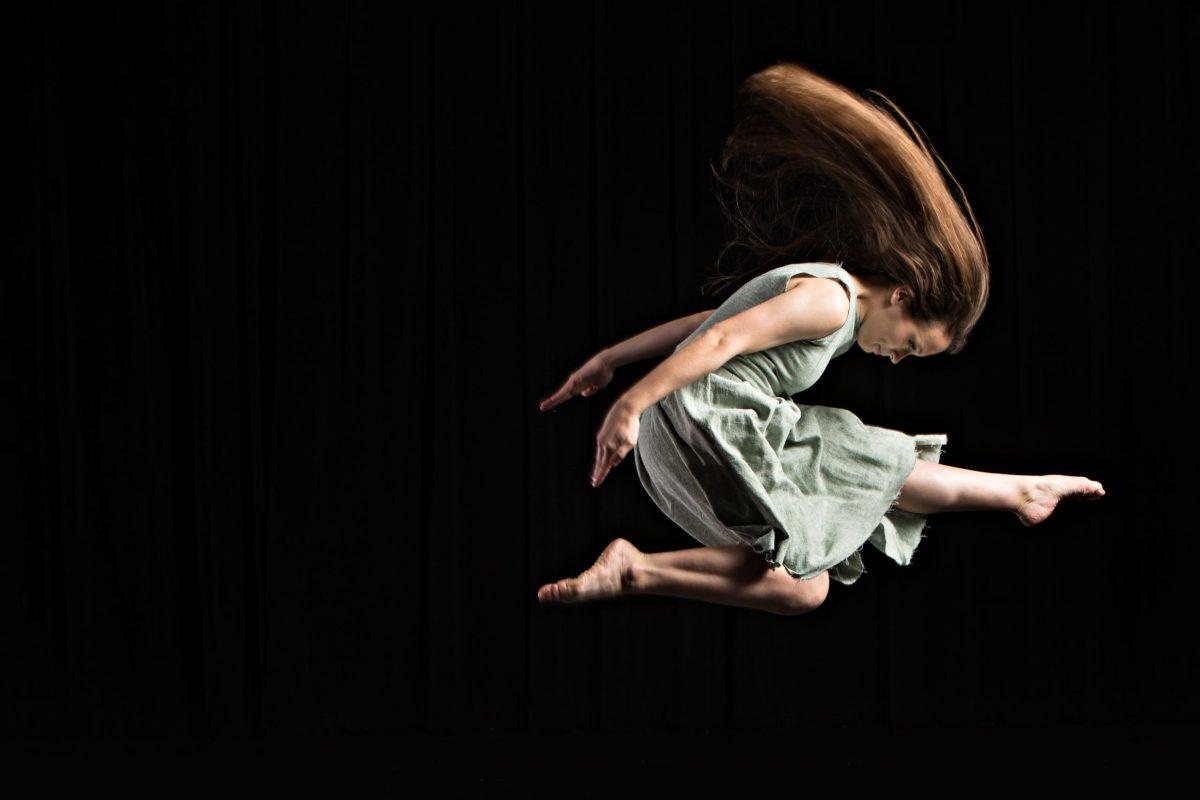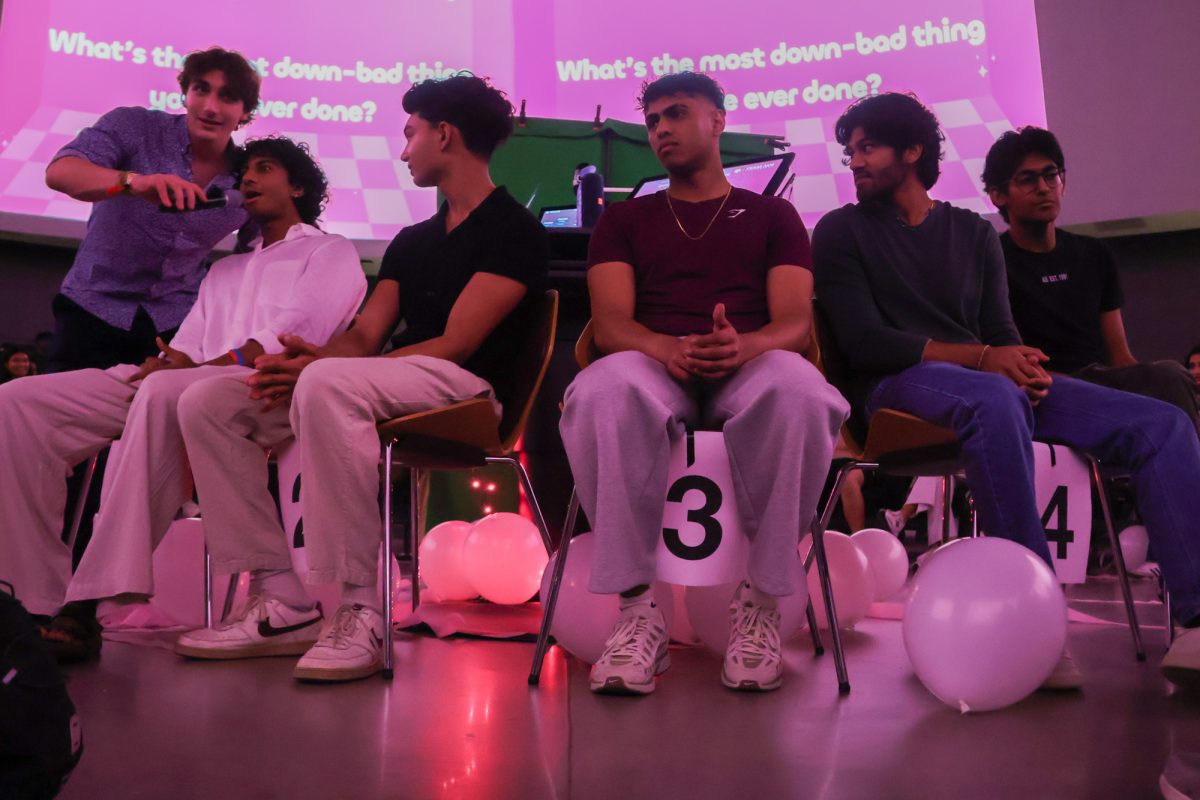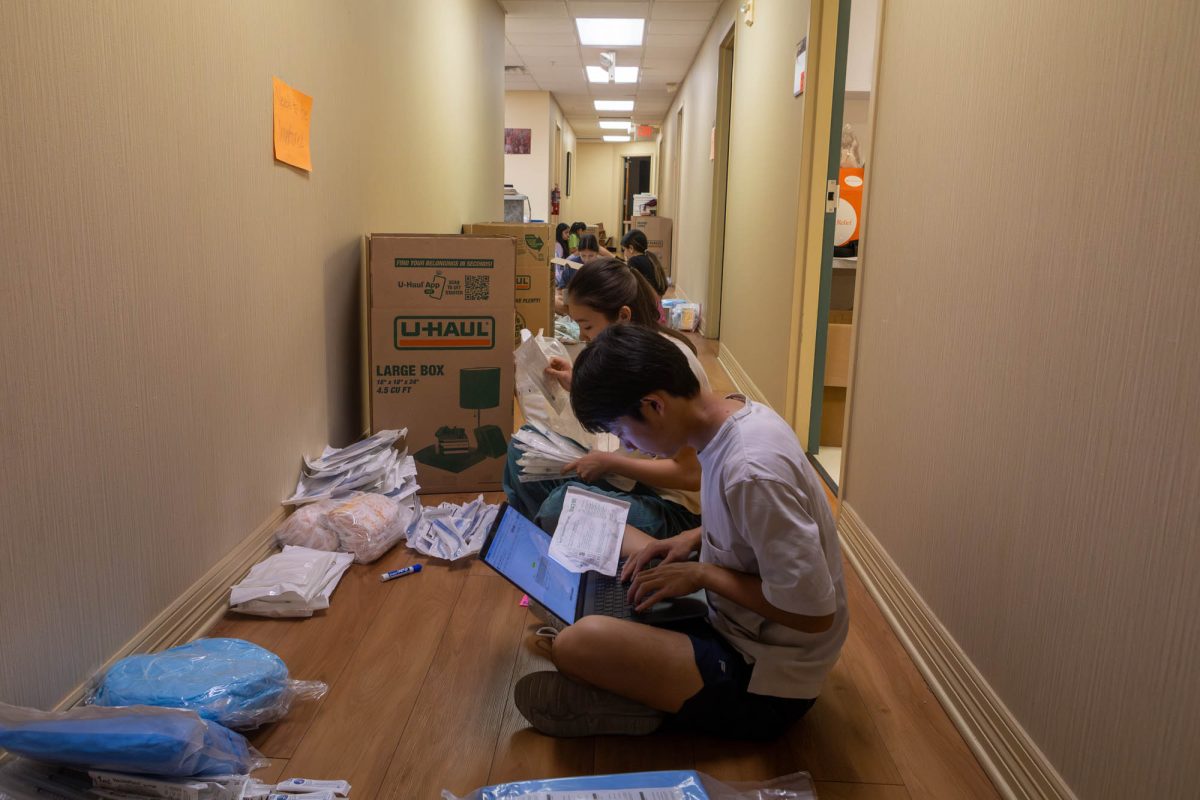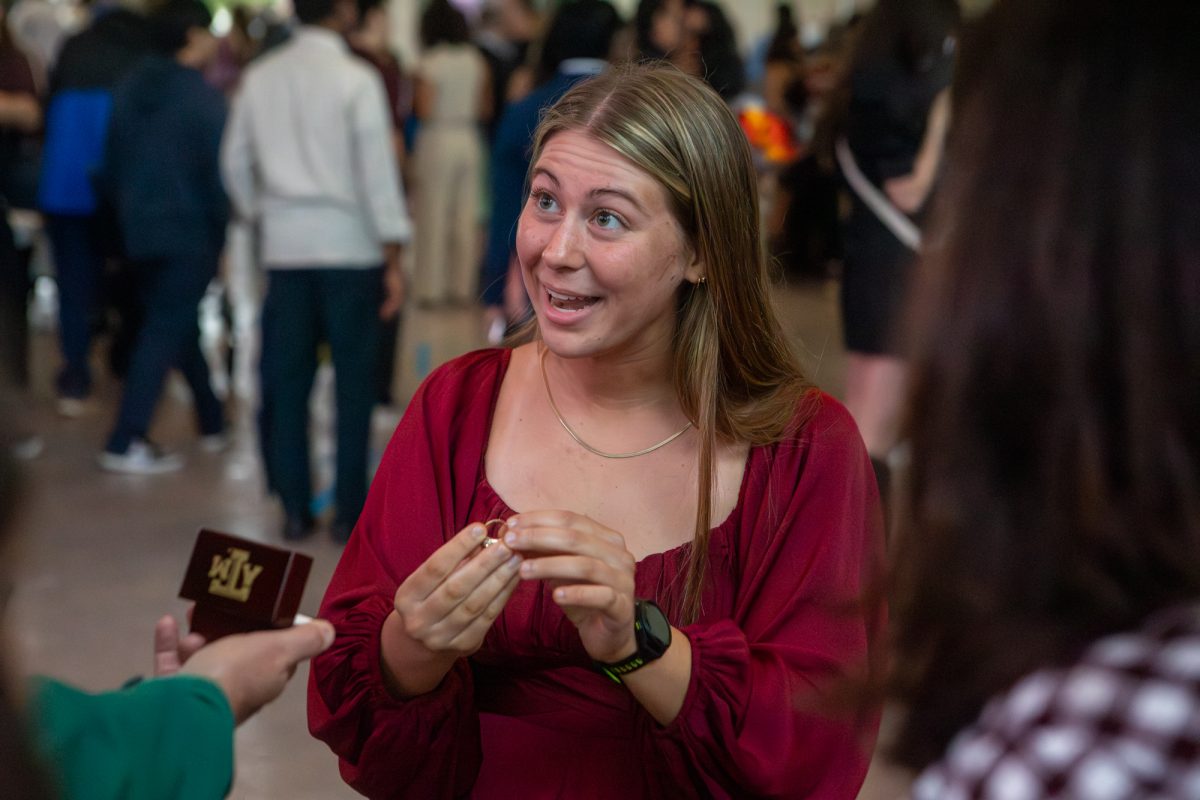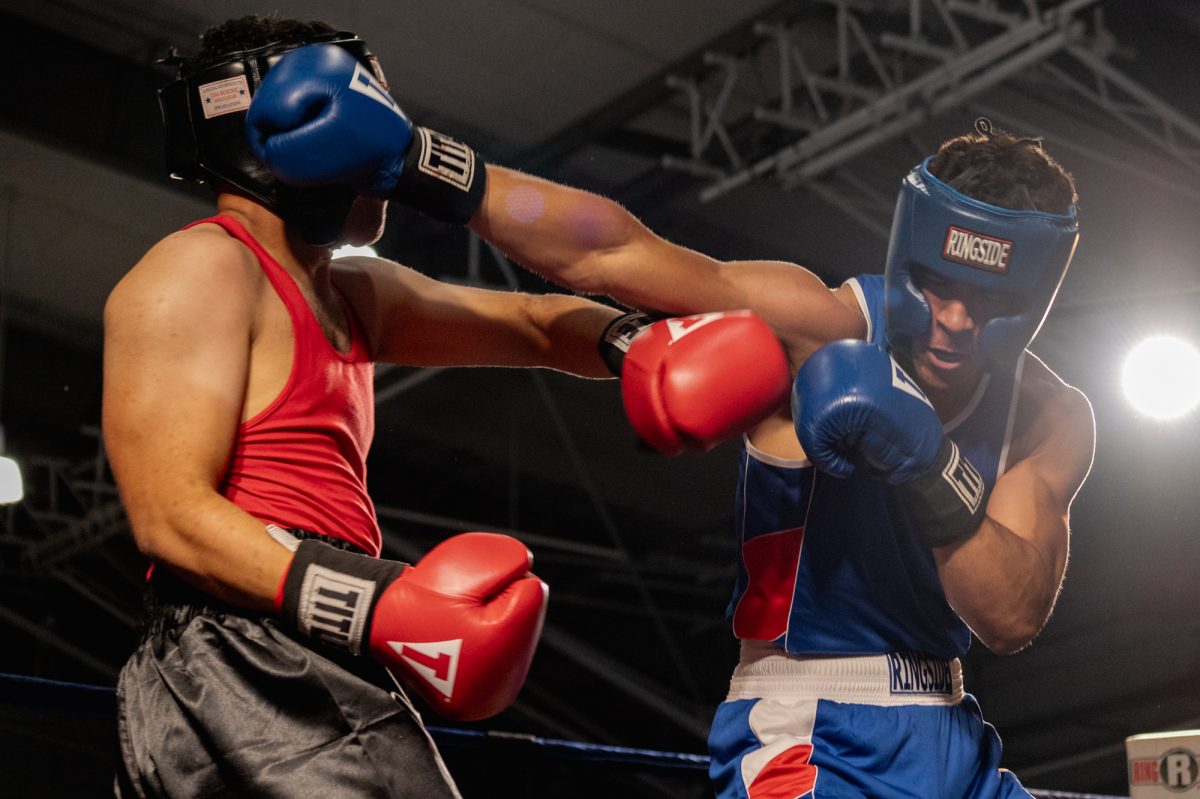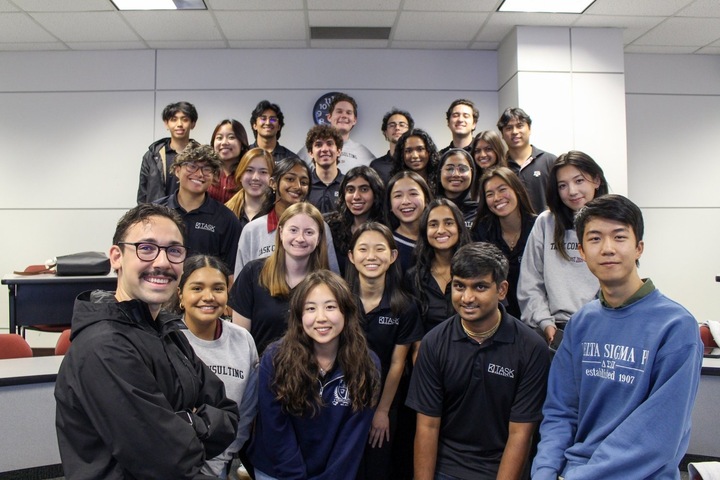From Sunday, Dec. 6 through Wednesday, Dec. 9, performances of “But Where There’s Hope, There’s Life” will be in downtown Bryan, with a variety of performance times. This event is structured as a tour, beginning at the Grand Stafford theater, where audiences will travel to see portions of the Holocaust story. According to Bergeron, the hope is that this work can be brought to Rudder Auditorium during spring semester.
Fifteen years ago, choreographers Christine Bergeron and Carisa Armstrong had the idea to tell the story of the Holocaust through dance. At the time, there were barriers, particularly because the two cared about the story being told in the right manner and for the right reasons.
Bergeron is the director of dance in the Health and Kinesiology Department. She and Armstrong decided to form a committee, made of historians, artists and community members, in order to tell this story in the best manner possible.
“We had to take the plunge and conquer our fears,” Bergeron said. “With the understanding that we can’t always represent everyone, we can make sure we have voices in the committee who could help us.”
This project is not one continuous story, but rather group and solo performances, all highlighting different perspectives of those affected by the Holocaust. Because of its complex nature, this project has been in the Dance Science program for about three years.
Bergeron said she feels dance is the best medium to share this story, as it allows audiences to take away unique interpretations and show the influence of relationships.
“We feel like dance allows us to show the relationship between people and it allows us to show a variety of emotions,” Bergeron said. “I think that’s what we wanted to do, to be able to show compassion and empathy, but also be able to show fear and the idea of being cautious.”
This dance project has reached beyond the kinesiology program, allowing members of the Visualization Department and a cinematographer to capture the project on film. Audiences will still experience the entire performance, with solos live, and group numbers on video.
Ella Cox, a dance science junior who is featured in the project, said the original performances were scheduled for after spring break, but because of COVID-19, the program had to be reworked for the fall.
“The first two weeks [of the semester] we knocked out all the filming. We got to film in Rudder Auditorium and we filmed all of the sections we have,” Cox said. “They decided to have the week [of performances] in November and December where soloists would perform and everything else would be in film.”
This film aspect unexpectedly was helpful for the creator’s vision of getting this performance into middle and high school classrooms, alongside a lesson plan.
“It’s easy now for me, on this end, to say why didn’t anyone stop Hitler early? But that’s easy to say in retrospect,” said Bergeron. “We need to be reminded about stepping up for other people, whether they’re your people or not. This is our way of saying this as artists.”
The conversations this performance creates around the Holocaust may be difficult for audience members, but dance science senior Emily Bowlin said it is important to remember this part of history.
“There is a ton of emotion in this show,” Bowlin said. “But with that being said, it’s very important for everyone to be able to have it re-iterated to them, to be made aware that this happened, it’s something that could happen again very easily.”
Bowlin said the progression of the Holocaust is not as distant as people make it out to be.
“We talk about it now like ‘Oh that would never happen. Would it happen again?’” Bowlin said. “I think it’s important subject matter, not only for the people who lost their lives and the justice for them, but also for the future and the present of oppression that’s very apparent today even.”
Additionally, Cox said that the attitudes towards oppressed people in the Holocaust live on today in a different form.
“The fact that dehumanization of populations is still a thing shows you how history repeats itself, without a doubt,” Cox said. “There’s humans in our country that still don’t have all the freedoms they deserve.”
Tickets and further information can be found on the “But Where There’s Hope, There’s Life website, with proceeds supporting Aggies across multiple academic departments, as well as local businesses.
A&M shares history through interactive dance
December 7, 2020
Photo by hopelife.tamu.edu
Performances of “But Where There’s Hope, There’s Life” will be in downtown Bryan from Sunday, Dec. 6 to Wednesday, Dec. 9.
0
Donate to The Battalion
$2790
$5000
Contributed
Our Goal
Your donation will support the student journalists of Texas A&M University - College Station. Your contribution will allow us to purchase equipment and cover our annual website hosting costs, in addition to paying freelance staffers for their work, travel costs for coverage and more!
More to Discover




